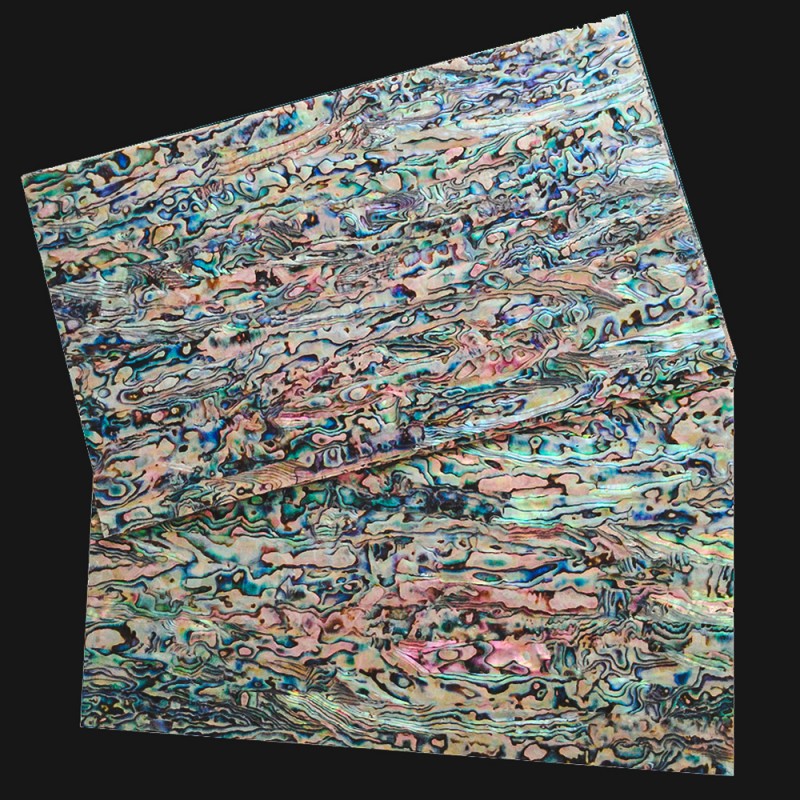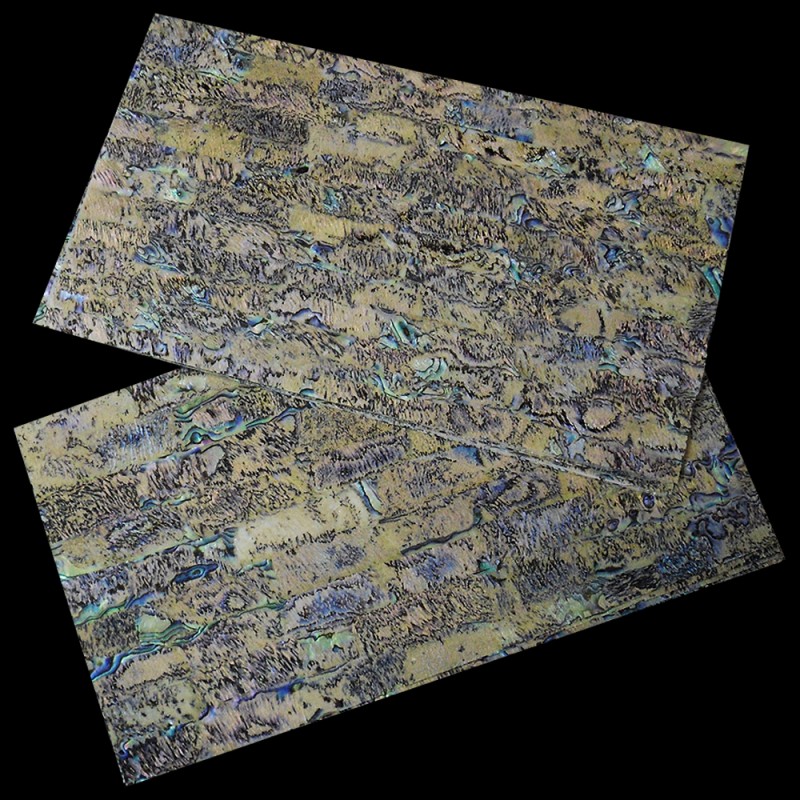Aurora-like iridescent shells Paua Blue abalone
Abalone Shell
Many people know it as a type of clam, but in structure it is closer to a snail.
It is hermaphrodite, reproduces oviparous, and is commonly seen in reef areas of clean seas in temperate regions where the water depth is 5-50 m.
Abalone’s activity in water is closer to that of a snail than a clam.
Abalone farming period
The reason why abalone is expensive is that it takes a long time to grow into an adult.
Usually, in order to make a profit by selling it in the market, it is harvested when it becomes an adult in the second year, and it takes more than half a year to nurture the larvae, which can be called the fry of abalone, so it takes more than 2.5 years for it to be for sale. Farming alone takes this much, but natural products are inevitably more expensive.
On the other hand, in the Western world, abalone was not so popular because it was chewy because it was eaten raw rather than softened until Japanese food increased.
However, as the Japanese food boom and sushi became popular, recipes such as kelp wrapped in kelp and steamed with rice wine to create a soft texture and recipes such as abalone steak became known, and some people even eat it in the West.
Since Westerners rarely eat abalone, there are many abalones on the beach that are much larger than an adult’s palm, and it is said that they ate abalone all year round.
It is said that the export of abalone from North America and Europe to Asia did well.
Paua Abalone
Paua abalone is Haliotis Iris, also known as Blue Pāua, a type of abalone found only in New Zealand.
They are appreciated for their bright turquoise color with an iridescent luster reminiscent of the aurora borealis.
This is the most common species of New Zealand abalone and can grow up to 18 cm wide.
Farmed clams differ from wild clams in that they are generally cleaner (less calcium/barnacle accumulation) and in better condition than wild-harvested clams.
The color and uniformity of the rings on the outer shell also indicates a steady feeding habit fed on the farm.
However, as abalone farming techniques have advanced, farmers are now beginning to introduce farming techniques back to the sea from land-based casks through designated areas along the coastline and “seeding” where food and water quality are carefully monitored.
The clams on this farm are almost indistinguishable from their wild cousins, so it’s becoming increasingly important for suppliers to verify the source.
PAUA BLUE sheet shell inlay 9.5 x 5.5 x 0.006 inch (1 pcs)

Paua Heart sheet shell inlay 9.5 x 5.5 x 0.006 inch (1 pcs)




